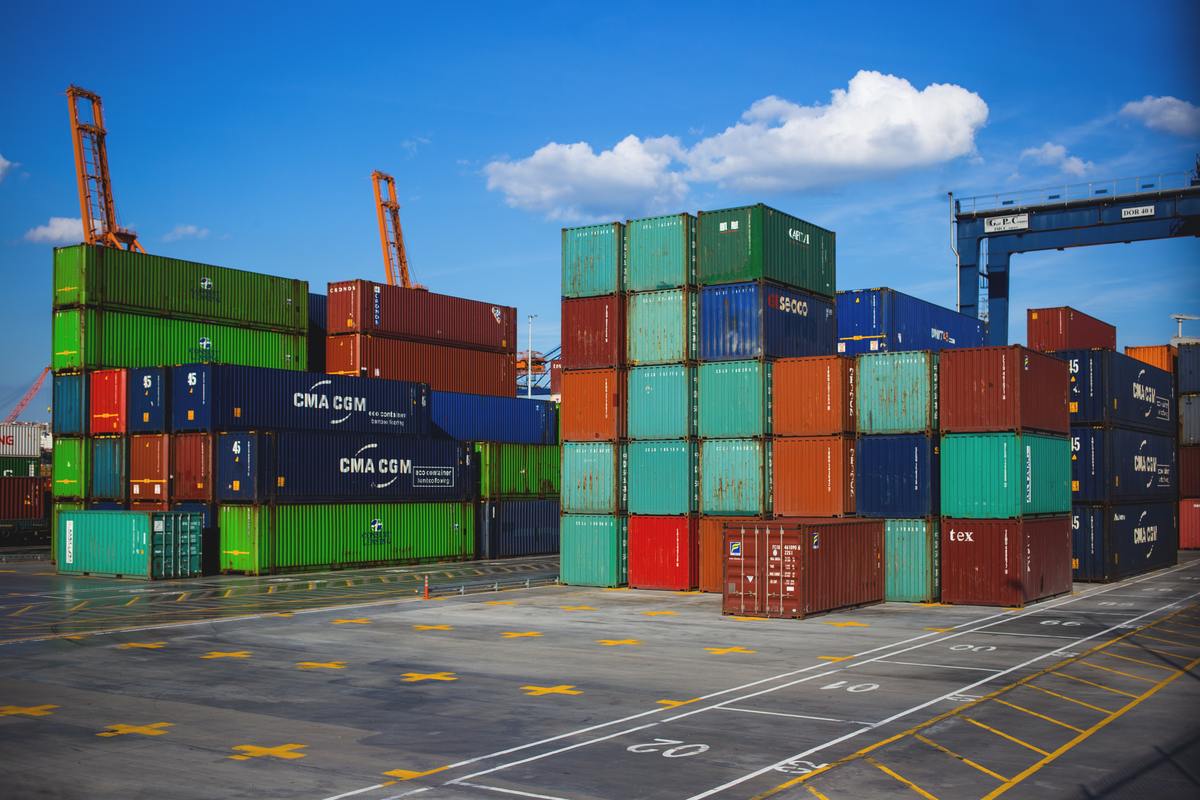We are living in uncertain times. It is business as usual for a moment, then a tariff announcement causes the market to spiral—sending shockwaves throughout the retail industry. This is exactly what happened in August 2019 when President Trump proposed a 10% tariff on an additional 300 billion Chinese goods. This specific tariff was then delayed on many goods for the 2019 Christmas season, and then raised to 15% later in the month. With all the sudden changes, it’s clear that retailers and brands must be prepared as the Chinese trade war rages on.
When preparing for the cost hikes on Chinese imports, retail brands typically begin by looking both upstream and downstream for cost-savings alternatives. After Trump’s announcement, large US retailers like Walmart looked to upstream suppliers to absorb the extra costs. Other retailers and brands with less influence than big players may increase costs to the consumer up to 20%. Neither truly fixes the problem. Squeezing suppliers creates tension, while increasing prices lowers consumer demand for products—leading consumers to shop elsewhere. The good news is that there is a third option: Predictive Analytics for Retail.
First Insight’s Predictive Analytics platform helps mitigate the effects of tariffs by leveraging the Voice of the Customer to make data-driven product decisions. Customers and other consumers provide input on your products in the form of a game, and when the test reaches a statistically significant sample size it closes, delivering results. The First Insight platform provides a treasure trove of information on new products, serving all business functions from design to planning to marketing across every step of the new product lifecycle.
First Insight’s platform helps retailers and brands shield themselves from the threat of tariffs and come out ahead of the competition in three key ways.
1. Reduce Sample and In-Store Testing Costs
Where could tariffs fit into a retailer’s budget? In place of sample and testing costs. Retailers and brands spend heavily on physical samples and in-store testing. By testing in a digital format, brands and retailers can eliminate physical sample creation and shipping costs. They also gain more accurate results than in-store testing in 24 to 48 hours. Prior to working with First Insight, rue21 was spending millions of dollars on in-store testing and sample costs. They have been able to eliminate this cost by working with First Insight, as well roll out new products in as little as 10 days – carving weeks to months from their time to market.
2. Optimize Your Pricing Strategy
Setting initial price points can feel like a guessing game for many merchants. But, our solution captures what the customer is willing to pay for a product—predicting the best initial price to optimize margins. This is by far one of the most valuable tools when facing the threat of tariffs. Products are commonly over and underpriced. While underpricing leaves money on the table and leads to stockouts, overpricing ends in markdown mania.
First Insight data has helped many retailers and brands price their products right the first time—positively impacting their bottom lines. One customer, footwear wholesaler Deer Stags, realized that they could break out of their typical price bracket of $39.99 to $49.99 and sell their shoes for $5 to $10 more based on First Insight results. They showed the results to their downstream retailer and successfully made the case for a price increase. Another customer of ours recently tested their items to see which could handle price increases from tariffs, and which could not, by retail channel. They identified five items that could command higher prices in one of their channels, allowing them to absorb the tariff hit while maintaining unit sales levels.
3. Identify Winning and Underperforming Products
Another great way to offset the tariff impact is to import only items that will sell. New product failure rates can be over 80% for new products. Why pay shipping costs on products that will sit on shelves and eventually hang on clearance racks? First Insight’s platform produces a predictive Value Score of 1 through 10 on every tested item based on Voice of the Customer data, and provides qualitative comments and information to determine the reasoning behind the score. By investing more in higher-scoring products and less in lower-scoring items, customers can increase their revenue and reduce losses from underperforming products.
Value scores have provided customers the guidance they need to make excellent product decisions. David’s Bridal found that 100% of the time, items that scored a 4 or below on First Insight were a markdown waiting to happen and saved millions by eliminating these items from the assortment. The bridal company found that if they had applied First Insight testing to all categories, they could have avoided $6 million in mistakes over the last 6 years. Another customer, rue21, saved $10 million by eliminating a kitten heeled boot style from their assortment and replacing the heel with one that received a high score through our platform. Investing in the right products decreases losses and increases revenue—offsetting the cost of tariffs.
Panic set in after the first August 2019 tariff announcement.
We watched as the stock market plummeted, and the retail industry as a whole began to worry. Retailers and brands that are prepared for these additional costs can rest assured that tariffs are merely a bump in the road, and can be offset by working with First Insight to decrease in-store testing, optimize a pricing strategy, and identify winning and underperforming products.













